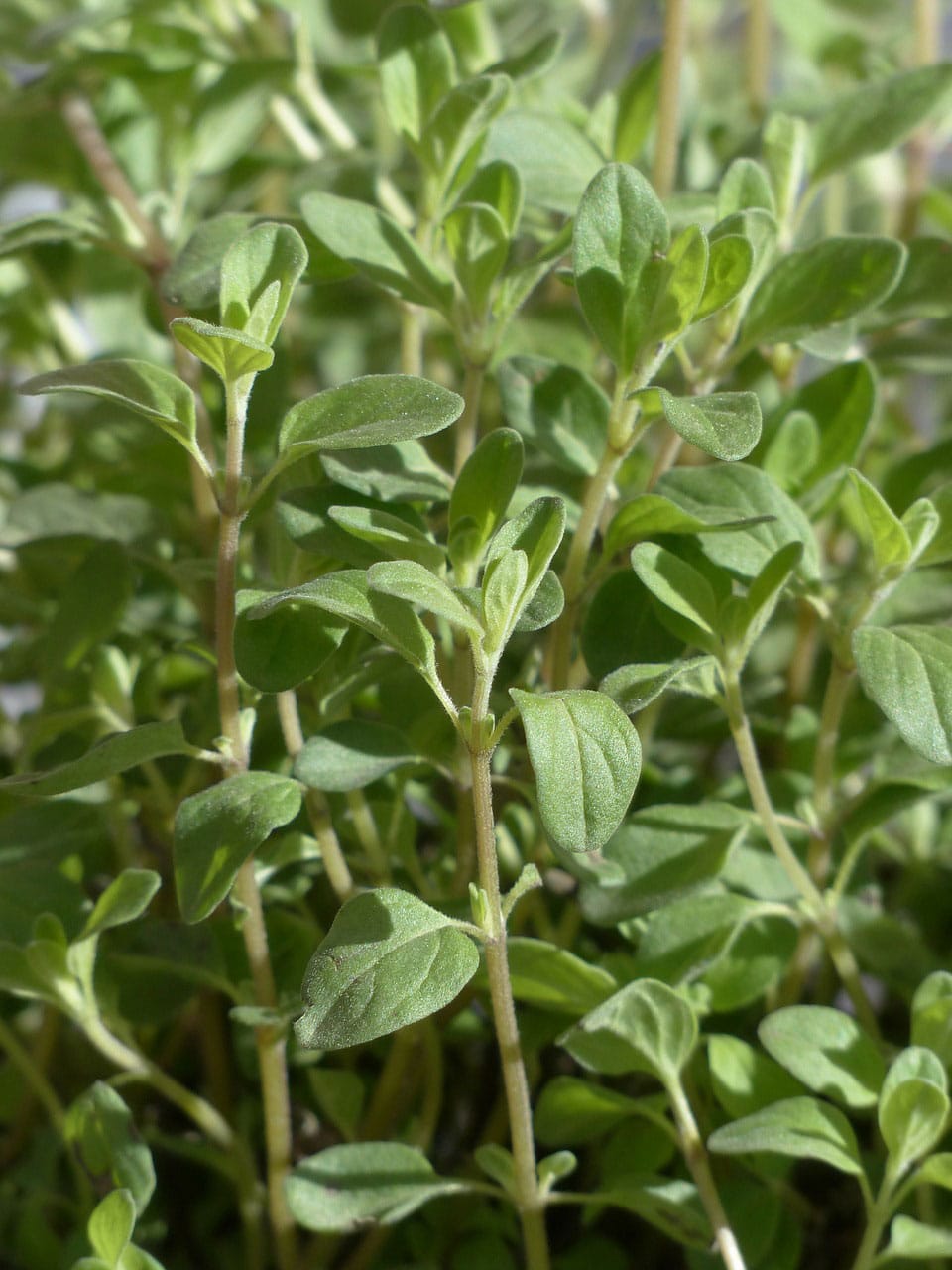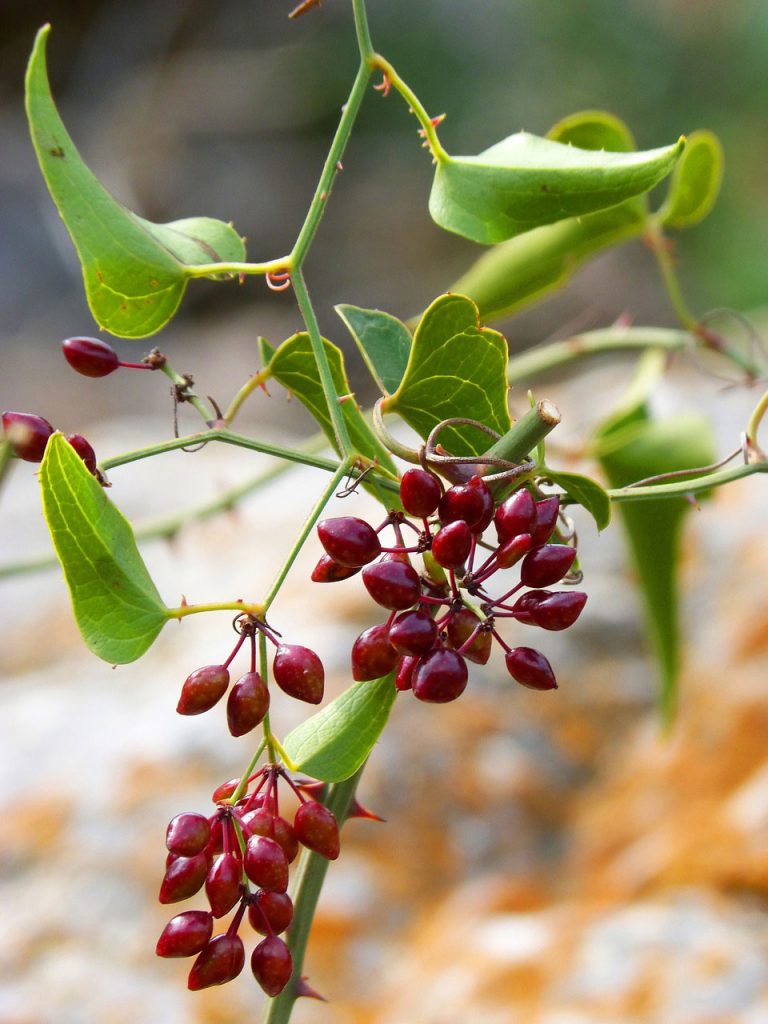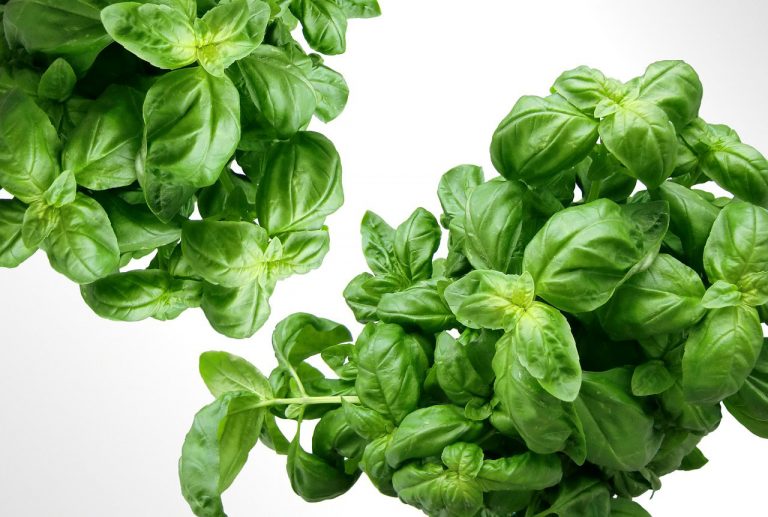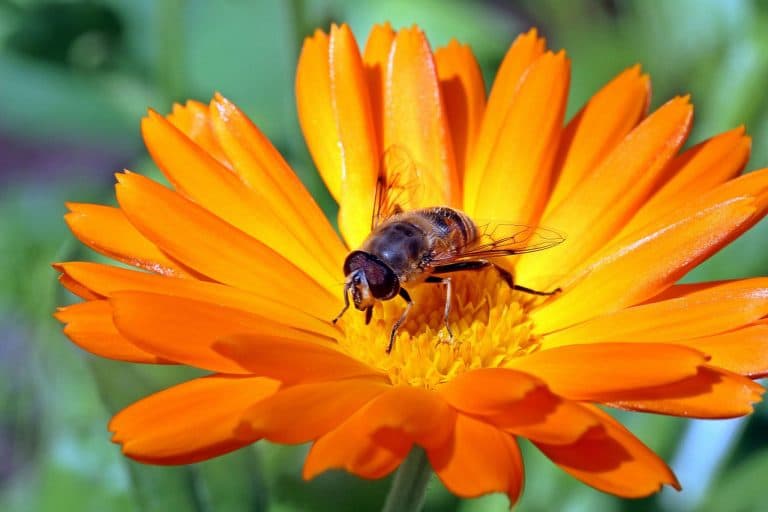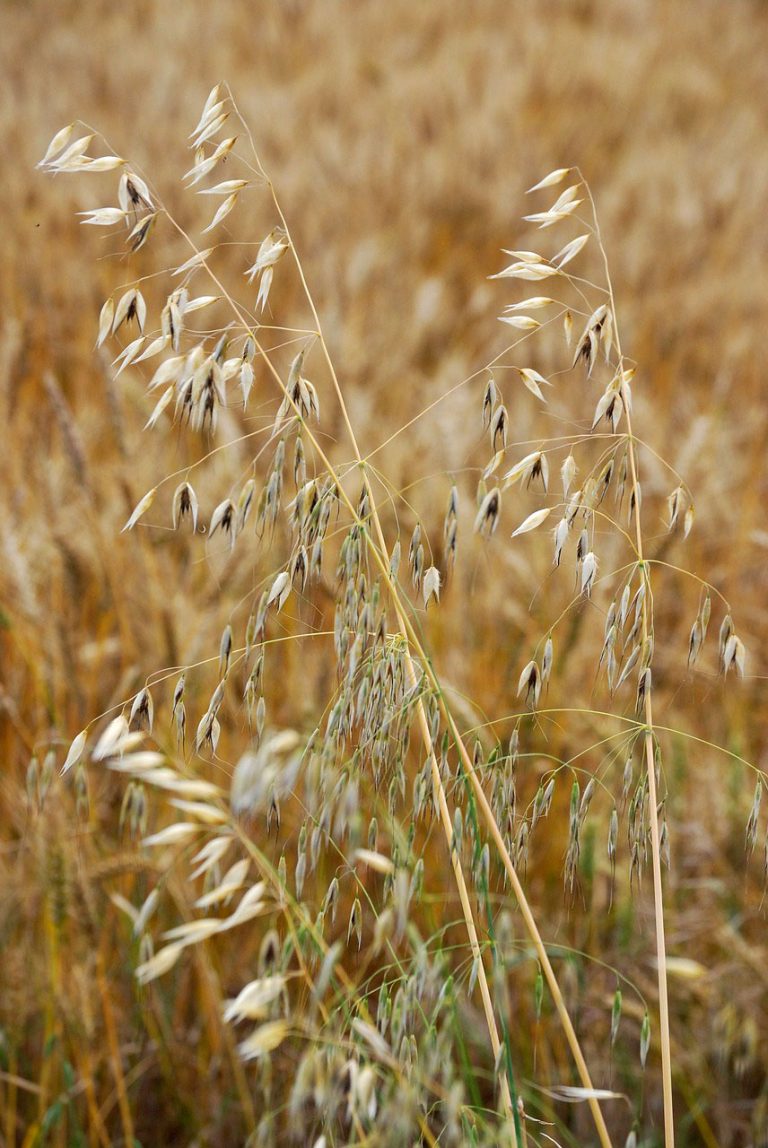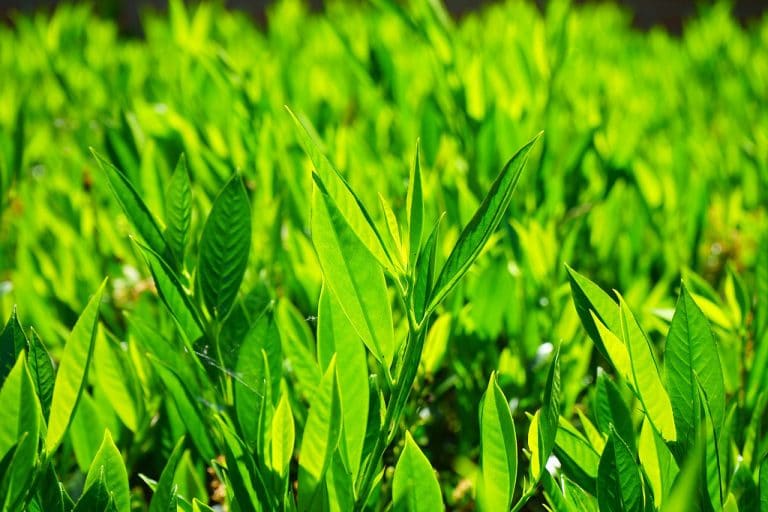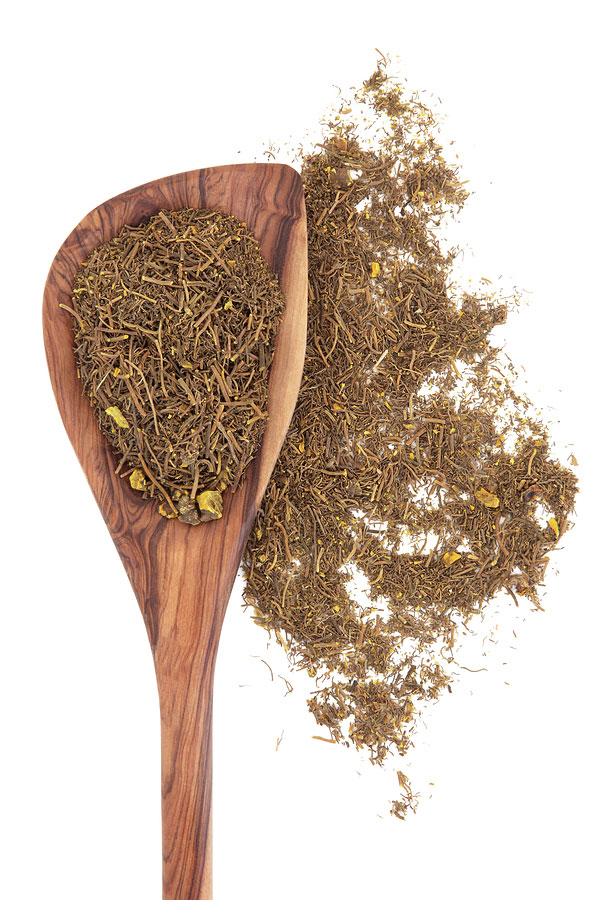Marjoram
Scientific Classification
| Kingdom: | Plantae |
| (unranked): | Angiosperms |
| (unranked): | Eudicots |
| (unranked): | Asterids |
| Order: | Lamiales |
| Family: | Lamiaceae |
| Genus: | Origanum |
| Species | O. Majorana |
| Binomial Name: | Origanum Majorana |
This Origanum Majorana commonly referred to as Marjoram is a perennial shrub belonging to the Lamiacea family. The other botanical names of this herb are Majorana Majorana and Majorana Hortensis Moench. Originally from southern Turkey and Cyprus, it is found to be intolerant to cold regions. Some synonyms like Pot Marjoram, Knotted Marjoram, and Sweet Marjoram are used when referring to this shrub in some Middle Eastern countries where it can be seen extensively in gardens and herbal plantations. Marjoram has a wide variety of uses for both culinary and therapeutic purposes. Very commonly used since time immemorial for its medicinal properties, it was also considered a symbol of happiness among the Greeks and Romans.
History
Marjoram enjoys a rich history and was considered very significant in the medical field. It was used as a poultice to apply as well as ingested orally as part of medication among Greeks. It was also considered as an effective treatment for dropsy, convulsions and poisoning caused by using narcotic drugs. Greeks believed that growing a marjoram plant over the graves of beloved ones will lead the departed ones soul to eternity and happiness. Considered as a sign of happiness in some cultures, it was used in making garlands during wedding ceremonies. European ladies used this herb in their nosegays in olden days.
Anatomy
Being an annual shrub, it is much similar to the Oregano plant, but the latter has a bit rougher texture. The roots are shallow and creepy with square shaped woody stem that grows about 12 inch high with periodic branches. The stem looks more hairy with a purplish shade. The leaves look elliptical, opposite and pale green in color with the bottom portion gray, and grows about one inch in length. The foliage resembles the sweet pine or citrus in flavor and aroma. The tiny flowers are seen in a cluster or corymbs that grow with a purple shade corolla in a five-pointed calyx. These flowers are often seen in white, red or pink shades that bloom throughout July and August.
Habitat
It is abundantly found in calcareous soil areas like Europe, Asia and North Africa with equal distribution in England and southeastern countries. Being a frost sensitive shrub, it can be found in temperate climate and is hardy to zone 9. It can also be seen in fields and meadows.
Soil
It prefers a dry, rocky and well-drained soil that has a pH value 6.7 and 7.0. Fertilizing the soil before or at the time of planting will be very useful
Planting
Marjoram shrub is very easy to cultivate in our own herb garden and adds flavor and aroma to our food. It can be cultivated by planting, cutting or seeding. If propagating with shoots, then the shoots should be pruned when they are about 3 inches long with the leaves firm at the end of spring. Make sure the shoots are strong enough that they dont sag or droop when placed in the soil. If planting by seeds, then the best option is to start indoors. The perfect time to sow is early spring or late winter. Just place the seeds into the soil and leave uncovered as it requires temperature and sunlight for the germination process. The temperature should not be less than 65 F. Water the plant only till the soil is moist and not wet. After it matures, it requires very little water. Hence, it is the best plant for the beginners in planting herbs, as forgetting to water will not affect the growth of this herb. Usually seeds germinate at a very slow rate. It takes about 8 to 14 days to germinate. After the shoots emerge, the plant can be transplanted to a sunny area after the threat of cold climate has passed. Keep a space of 8 to 10 inches around the plants. Around 6 to 8 plants can be sufficient to provide the herbs required for a household use.
Water
Marjoram prefers a dry climate and is drought resistant. Hence, regular watering is not required when the plant matures. During the germination period, sprinkling the water will be sufficient for its growth. Apply water in the hot and dry spell.
Temperature and Humidity
The best suited temperature for a good growth of marjoram plants is 15 degree Celsius at the day time and 8 degree Celsius at night time. It should be placed under full sun during the growing period. Thought it prefers a dry climate, a daytime, temperature more than 30 degrees Celsius will lead to slow growth of the plant. The actual required temperature is18-22 C daytime and 15-18 C nighttime that will result in the production of compact and sturdy plants. If under good sunlight, additional lighting will not be needed unless in the regions where the day hours are less than the night and the sunlight are available for less than 10 hours. The humidity should not exceed more than 75 %.
Care
Young plants should be trimmed to make it bushier. Deadhead should be done to maintain prolonged blooming. The blooms should also be frequently cut to encourage more budding. Water the surrounding areas along with the plant and keep the soil moist. Provide occasional manure.
Pests and disease
Pests like spider mites, whitefly and thrips can affect the marjoram plants, but diseases have not yet recorded.
Uses
Marjoram has a wide variety of uses in culinary as well as medicinal fields. Believed to possess many medicinal properties, marjoram is also used for its pine flavor and tempting aroma. Culinary uses are like It can be used as a seasoning in salads, soups and stews and to flavor pizza, cheese and eggs.
It goes well along with spinach, beans, carrot and other vegetables.
It can be brewed as a tea.
Oil extracted is used as a flavoring agent in many dishes.Medicinal uses are like
It possesses antiseptic properties, hence can be used for treating bruises, cold in infants, dry cough, ear pain and runny nose
It is an effective treatment for digestion problems and symptoms of menopause by increasing the milk flow in lactating mothers.
Used as a heart and nerve tonic, it helps to increase the blood circulation.

Having discovered a fondness for insects while pursuing her degree in Biology, Randi Jones was quite bugged to know that people usually dismissed these little creatures as “creepy-crawlies”.

